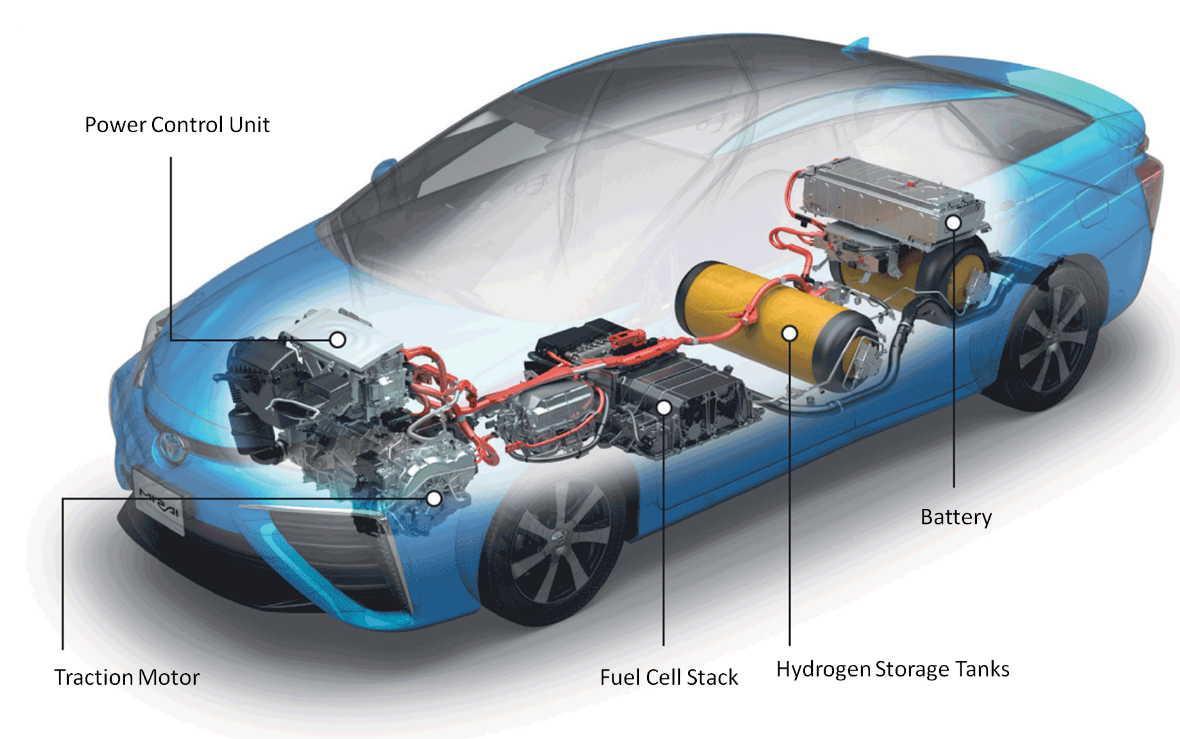Sustainable Transport Sector: What does it mean?

What is sustainability?
To define sustainability, the first thing that comes to our mind is the ability to retain or maintain something at a certain level. With emerging technologies and innovative solutions all around us, there are both pros and cons. We see a possibility of sustainability and reverse the damage we have done already, and we also see new threats and new ways technology might hinder sustainability.
The role of automobile sector!
In light of our previous experience, we have become more considerate and responsible regarding our ways of life and how we do things. A considerable percentage of the global population chooses sustainable and green solutions over the previous, traditional methods responsible for damaging our ecosystem. For a better explanation, the conventional automobile practices involve fuel such as petrol or diesel. This debate has been around for as long as we have had petrol and diesel. As per calculations, an average motorist spends around $100,000 on fuel, petrol, and diesel is the most significant expense.
There is not much difference between the two financially, but you will have high annual mileages with diesel. It may sound like a plus point, but a diesel vehicle comes with a higher tax. Therefore a higher price along with the damage it does to the environment. The CO2 emissions from petrol are incredibly high, whereas diesel smoke's harmful particles are linked to asthma and breathing issues. The emerging technologies pose a sustainable solution for this. It is also circulating that petrol and diesel-run cars will be banned by the year 2035. This means that there will be alternate fuel options and a much bigger market for electric vehicles and the emerging technologies and strategies are also up to meet climate change. One such technology is the Intelligent Transportation Systems (ITS), a promising solution to fuel emissions (John Lorenzo Sullivan, 2010). This, along with mobility management approaches for road pricing policies such as congestion, cordon, car-sharing, and short-term auto access. Transportation is one of the largest carbon emissions sources, and with such technologies and approaches, the emissions can be reduced and controlled noticeably. Moreover, Carbon Capture and Storage technologies are also being installed, which works by capping the fossil fuel emissions. Around 20 CCS facilities are fully operational worldwide!
Hydrogen Powered Vehicles
Hydrogen-powered vehicles are also an important and promising technology that works by combing the fuel cells for vehicle applications; by using a polymer electrolyte membrane cell, the hydrogen molecules break apart and travel through the external circuit to provide power. As a result, the hydrogen molecules combine with oxygen and free electrons to form water molecules, which means that instead of dangerous carbon dioxide emissions, the hydrogen-powered vehicle emits water vapors!
In summary, emerging technologies live up to the challenge of sustainability. They have countless benefits, but the cons and negative aspects must be addressed as firmly as we welcome technology and innovative advancements.